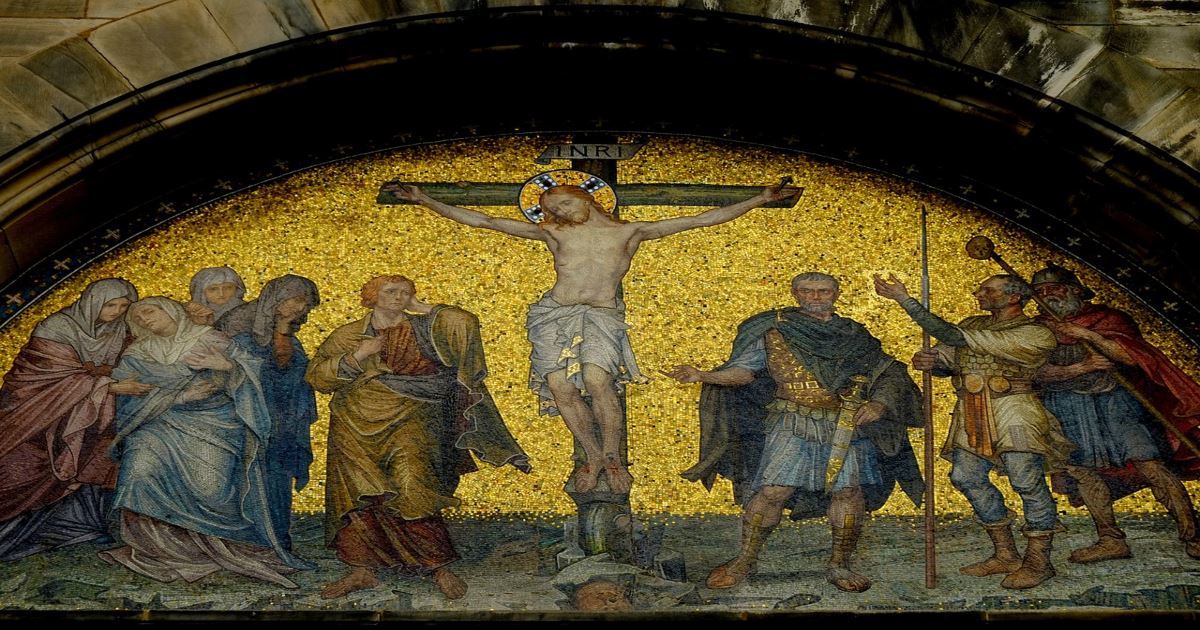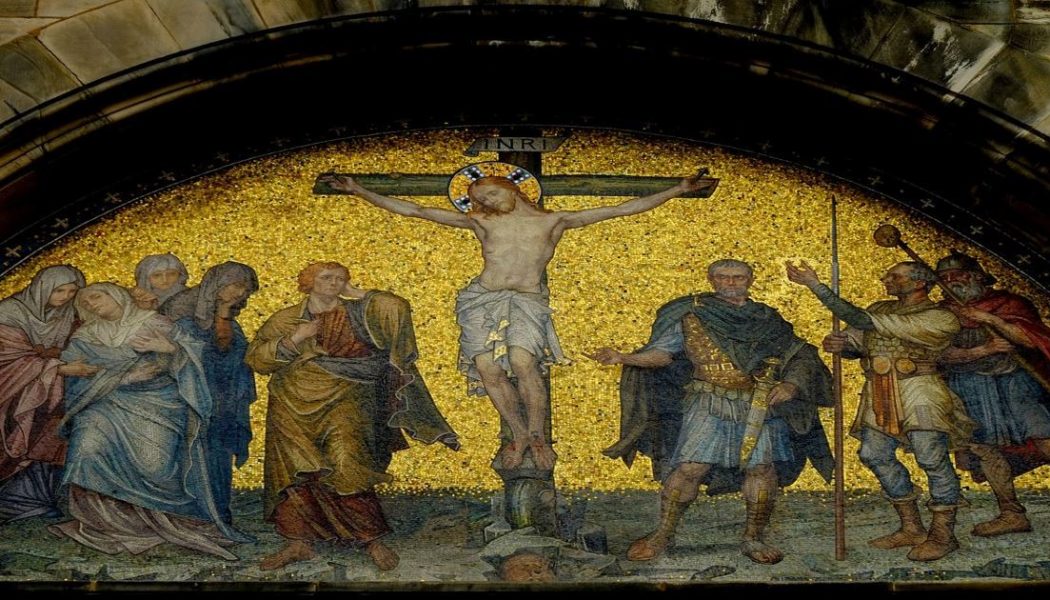
During the Passion Week, the crowd in Jerusalem seems to have had a major swing in opinion. Jesus entered the city to praise and adoration but, by the end of the week, faced a crowd shouting “Crucify Him!” demanding for his crucifixion. Can such a change really happen so quickly?
Why Did the Crowd Turn on Jesus and Yell “Crucify Him”?
We must consider first that the people shouting “Hosanna” when Christ arrived were not the residents of Jerusalem. Instead, He rode in the company of pilgrims coming to the city for Passover. Because of the news about Jesus raising Lazarus from the dead and hopes that the Messianic Kingdom would soon begin, these pilgrims took to shouting and praising in their enthusiasm. Singing on the road to Jerusalem was not uncommon, and with their false ideas about a Rome-conquering Messiah, the enthusiasm spilled over into palm branches.
Most of the people in Jerusalem, to put it mildly, disagreed with the “unlearned” rabble from the country. Among these types, we find the Pharisees, who urged Jesus to rein in the crowd. When Jesus refused and claimed the rocks would praise Him if the people didn’t, their animosity only grew. Between these two opposing currents, Jesus rode into town.
We can envision a Jerusalem packed with outsiders pressing close to hear Jesus answer the challenges of Israel’s leaders who came to embarrass Him. But this only incited more anger. Jesus had at least the superficial support of the outsiders, but the insiders—though they feared the temporary crowds—only needed opportunity, which came soon enough.
Their Opportunity to Crucify Him
Thus, when those insiders arrested Jesus and brought Him to trial, the former supporters likely felt intimidated by the authority of the leaders. Supporting someone is much easier when there’s a reduced chance of being imprisoned for it (e.g., Peter’s denials). And perhaps some of those wrapped up in the enthusiasm for Jesus were just as quickly wrapped up in the fervor against Him.
At the height of his ministry and miracles, many Jews came to believe in Jesus as Messiah, the Son of God. Jewish leaders feared Jesus because of his growing followers. With the help of Judas Iscariot, Roman soldiers arrested Jesus and he was put on trial for claiming to be the king of the Jews. According to Roman law, the punishment for rebellion against the king was death by crucifixion.
Near the end of His trial, Pilate attempted a way to free Jesus. Pilate permitted the crowd to choose between a condemned convict named Barabbas and Jesus. Instead of choosing Jesus, as Pilate had expected, the crowd chose Barabbas for release.
“Do you want me to release to you the king of the Jews?” asked Pilate, knowing it was out of self-interest that the chief priests had handed Jesus over to him. But the chief priests stirred up the crowd to have Pilate release Barabbas instead. “What shall I do, then, with the one you call the king of the Jews?” Pilate asked them. “Crucify him!” they shouted. “Why? What crime has he committed?” asked Pilate. But they shouted all the louder, “Crucify him!” Wanting to satisfy the crowd, Pilate released Barabbas to them. He had Jesus flogged, and handed him over to be crucified. – Mark 15:9-15
The Roman governor Pontius Pilate was hesitant when it came to the penalty for Jesus. Pilate could find no wrongdoing in Jesus, yet he wanted to give the people what they desired, which was the death of Jesus. Pilate rinsed his hands in front of the crowd to signify that he was not taking responsibility for the killing of Jesus and then handed Jesus over to be beaten and lashed. Jesus had a crown of thorns thrust on his head and made to carry his cross along the pathway to the hill where he would be crucified.
Not all those who supported Jesus turned against Him. Some, in fact, later wrote the accounts we have today.
Adapted and updated from The Life and Times of Jesus the Messiah by Alfred Edersheim (Book V, Chapter I).
Photo Credit: MaxPixel.net
Originally published April 15, 2010.










